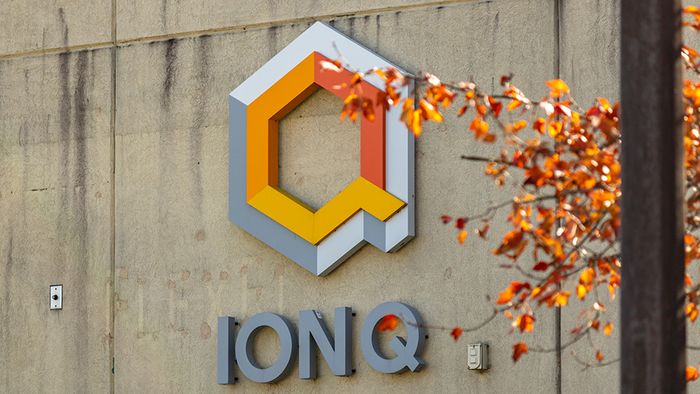Silicon Graphics – Founded By Professor From Standford University.
The American company, Silicon Graphics was founded late in 1981 in Mountain View, California. SG was built as a manufacturer and producer of high computer hardware and software products. The brand of Silicon Graphics was renamed after it went bankrupt and Rackable Systems acquired it. The assets of the company were split and two new brand names emerged but none of them were able to acquire their original position in the market. Eventually, Silicon Graphics lost its existence in the market under its original name. Back when the company was founded, its initial product was 3G graphics computer workstations but eventually, priorities shifted with the evolution of the technology market.
Establishment of Silicon Graphics
Jim Clark is the founder of Silicon Graphics and he was working at Standford University before founding the company. The foundation of the company started at the university as the early systems used by SG were based on the Geometry Machine developed by Clark and Marc Hannah. After developing this machine, Clark shortly left his position at the university as an electrical engineering associate professor. He started working on founding SG along with seven graduate students from the university and a few research staff. The main people who were involved in laying the foundation for the company are Kurt Akeley, David J. Brown, Tom Davis, Rocky Rhodes, Marc Hannah, Herb Kuta, and Mark Grossman along with Abbey Silverstone and a few others.
So, from 1982 the company became operational and Ed McCracken served as the CEO of the company from 1884 to 1997. During these thirteen years, the annual revenue of SG grew from $5.4 million to $3.7 billion. Though the annual revenue of the company was rising, SG faced a decline in demand for its product line during the late 1990s. There were several challenges in the marketplace and the share price was also falling. Due to this McCracken was replaced by Richard Belluzzo and under his leadership, the company started accelerating again. During this time, the company was trying to shift its main product line which also led to the creation of a new logo (making SG to SGI). All these initiatives taken by the company didn’t help much in its net growth and in 2005 the company was delisted from NYSE.

Ups and Downs
To cope with the immense financial and growth crisis, the company hired Alix Partners in 2005 to advise the company on how to return back to profitability. The best way to deal with the NYSE delisting was a reverse stock split. Next year, the company appointed Dennis McKenna as the new CEO and Chairman of the Board of Directors. In the same year, the company also filed for Chapter 11 bankruptcy protection for the company itself and its US subsidiaries. It also decided to end the production of the MIPS/IRIX line and the IRIX operating system. By October 2006, the company emerged from bankruptcy protection and it was again listed on NYSE but under a new symbol. As the company eventually stabilized, it reentered the virtualization market in 2008.
Unfortunately, in December 2008, the entire phase of delisting was repeated once again as the company share price declined under the minimum requirement. In 2009, the company decided to sell all its assets to Rackable Systems for $25 million. Ultimately, the deal was finalized for $42.5 million and Rackable Systems announced that they would adopt the “Silicon Graphics International” global name and brand. In 2016, Hewlett Packard Enterprise acquired Silicon Graphics International.
Jim Clark – Founder of Silicon Graphics
Jim Clark (full name James Henry Clark) is a famous computer scientist who founded several companies apart from Silicon Graphics. His other ventures include myCFO, Netscape, and Healtheon. Clark’s main contribution to the research field led to the development of high-performance computing systems for the fast rendering of 3D computer images. He went to the University of Utah and after completing his Ph.D., he started working at NYIT’s Computer Graphics Lab.

Annasha Dey is an NIT student, who apart from studying engineering is also a content writer. She has a great interest in photography, writing, reading novels, and travelling as well. She is a foodie who loves socializing and hanging out with her friends. She is also a trained Kathak dancer and a big fashion enthusiast. Dey also loves watching TV series, which includes F.R.I.E.N.D.S. and Big Bang Theory. To be a better writer she prefers to read more

